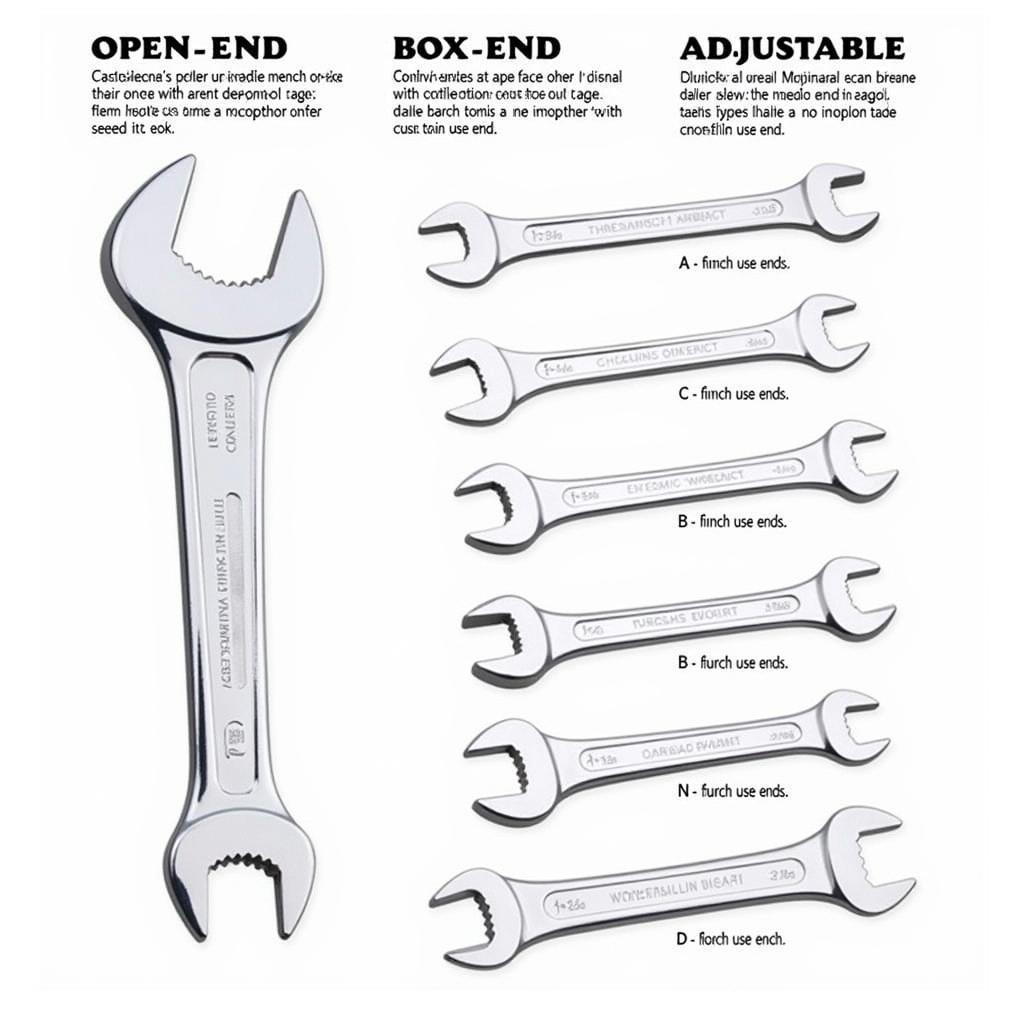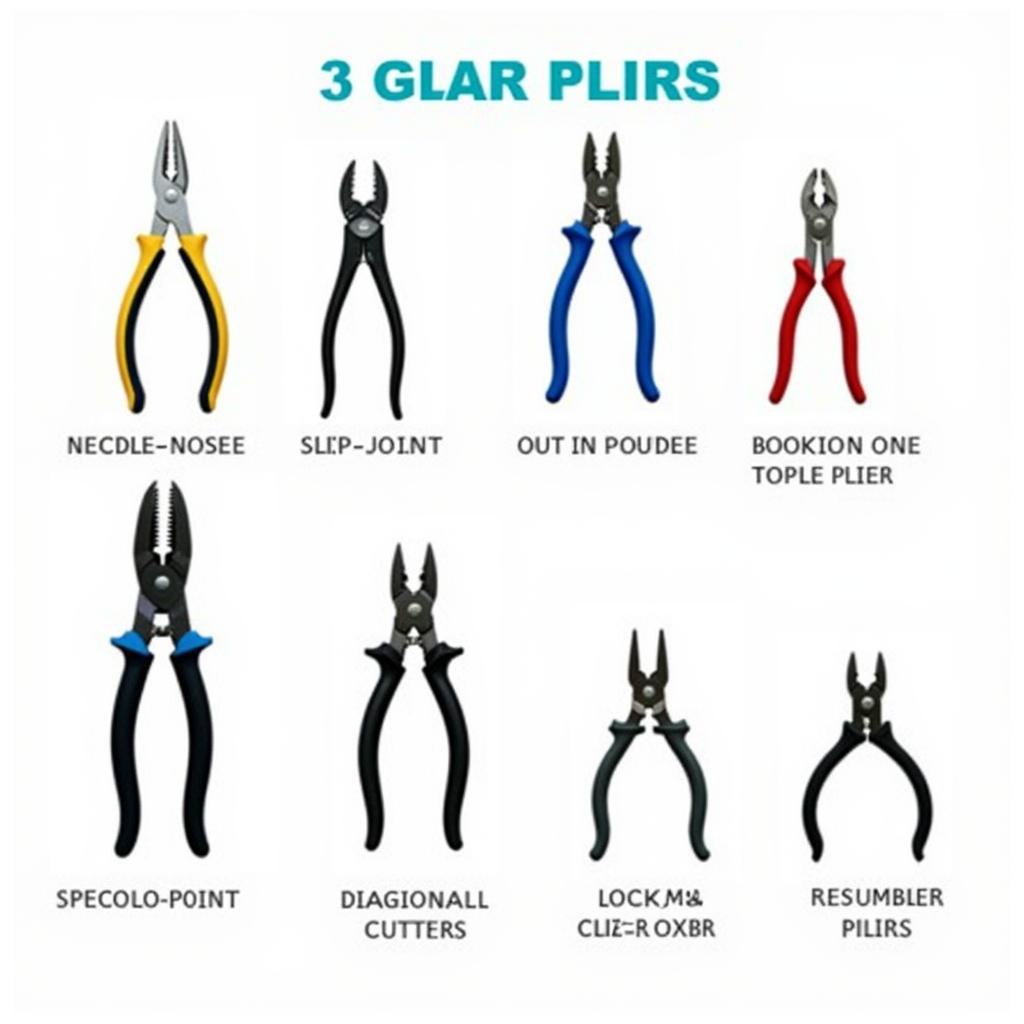Understanding basic hand tools is crucial for anyone pursuing a career in automotive technology. Whether you’re taking a My Career Tech assessment or simply want to solidify your foundational knowledge, this comprehensive guide will equip you with the information you need to confidently tackle “My Career Tech Basic Hand Tools Test Answers”. We’ll explore various tool types, their functions, and best practices for their use, ensuring you’re well-prepared for any challenge.
A solid grasp of hand tools is the bedrock of automotive technology. From simple screwdrivers to complex diagnostic equipment, knowing your tools inside and out is essential for success. This guide will delve into the essential hand tools covered in the My Career Tech curriculum, providing you with the knowledge to confidently answer those tricky test questions. We’ll cover everything from identification and function to proper usage and safety precautions, setting you up for a successful career in the automotive industry. tool answer questions at the point of care
Essential Hand Tools and Their Uses
This section will cover the most common hand tools you’ll encounter in your automotive career and, importantly, those likely to appear on your My Career Tech exam.
Wrenches: Your Go-To for Fasteners
Wrenches are designed to tighten or loosen nuts and bolts. They come in various types, including open-end, box-end, combination, and adjustable wrenches. Each type has its specific advantages and disadvantages. For example, open-end wrenches provide good access in tight spaces, while box-end wrenches offer a more secure grip. Understanding the nuances of each wrench type is crucial for efficient and safe work.
 Different Types of Wrenches and Their Applications
Different Types of Wrenches and Their Applications
Screwdrivers: More Than Just Turning Screws
Screwdrivers are essential for driving screws and come in a variety of shapes and sizes to match different screw heads. Phillips, flathead, and Torx are some of the common types. Choosing the correct screwdriver is vital to prevent damage to the screw head and ensure a secure fit. Knowing the difference between a Phillips #1 and a #2 could be the difference between success and frustration on a repair.
Pliers: Gripping, Cutting, and More
Pliers offer versatile functionality for gripping, cutting, and bending materials. From needle-nose pliers for delicate tasks to slip-joint pliers for heavier-duty jobs, each type of plier plays a specific role in an automotive technician’s toolkit. Understanding the specific applications of each type will make your work more efficient and safer.
 Various Types of Pliers and Their Functions
Various Types of Pliers and Their Functions
Preparing for the My Career Tech Basic Hand Tools Test
Now that we’ve reviewed some key hand tools, let’s discuss how to ace your My Career Tech exam.
Understand the Test Format
Familiarize yourself with the structure of the test. Is it multiple choice, true/false, or a combination? Knowing the format will help you prepare accordingly.
Practice Identifying Tools
Spend time studying pictures and descriptions of various hand tools. This will help you quickly and accurately identify them on the test. ram career tools
Know Their Functions
Don’t just memorize the names of the tools. Understand their purpose and how they are used in automotive repair. This deeper understanding will be crucial for answering more complex questions. my career tech automotive basic hand tools test answers
“Understanding the ‘why’ behind a tool’s use is as important as knowing its name,” says John Smith, a veteran automotive technician with over 20 years of experience. “It’s the difference between simply using a tool and mastering it.”
Safety First: Essential Hand Tool Practices
Safety is paramount when working with hand tools.
Wear Appropriate Safety Gear
Always wear safety glasses to protect your eyes from flying debris. Gloves can protect your hands from cuts and scrapes.
Use the Right Tool for the Job
Using the wrong tool can lead to injury and damage to equipment. Always select the appropriate tool for the task at hand. “Using the wrong tool is like trying to fit a square peg in a round hole,” emphasizes Sarah Jones, a certified automotive instructor. “It just doesn’t work and can be dangerous.”
Conclusion: Mastering Your Hand Tools for Automotive Success
Mastering basic hand tools is the first step towards a successful career in automotive technology. By understanding their functions, proper usage, and safety precautions, you’ll be well-equipped to tackle the “my career tech basic hand tools test answers” and excel in your chosen field. This knowledge forms the foundation upon which you’ll build your automotive expertise, paving the way for a rewarding career. wrench tool sign in car
FAQ
- What are the most common hand tools used in automotive repair?
- What’s the difference between an open-end and box-end wrench?
- Why is it important to use the correct screwdriver for the job?
- What safety precautions should I take when using hand tools?
- How can I prepare for the My Career Tech Basic Hand Tools Test?
- Where can I find more information about specific automotive tools?
- Are there any online resources for practicing tool identification?
For further assistance, please contact us via WhatsApp: +1(641)206-8880, Email: [email protected] or visit us at 910 Cedar Lane, Chicago, IL 60605, USA. Our customer service team is available 24/7. You can also check out our articles on care tool training for more information.

Leave a Reply